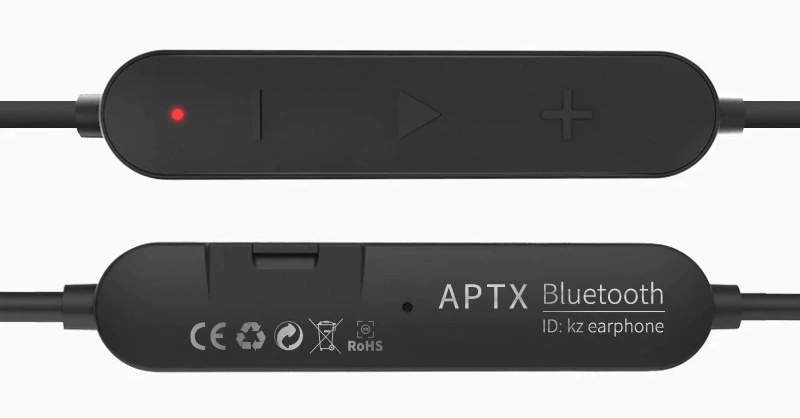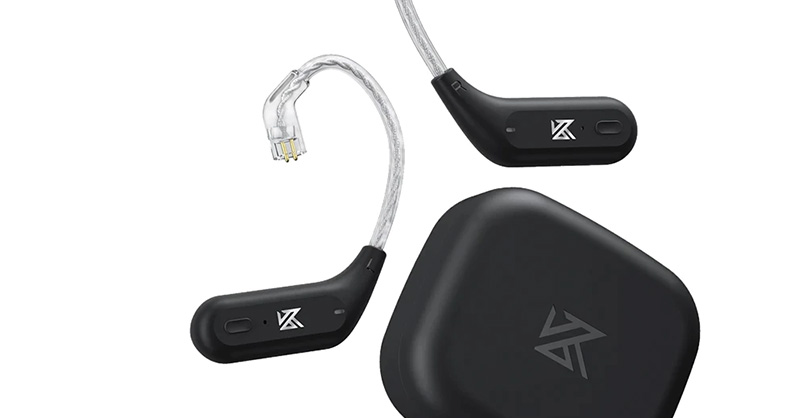I have this theory, based on all the headphones I have bought to date. In the late 90's I bought a precious MB-Quart headphone, but the build quality was poor - materials degraded over time, and its construction wa not robust. Poor Low Frequency response.
10 years ago, AKG K702, became mine. Definitely more balanced with more bass. But you never know what's better until you try other things.
The CCA CRA is in another league, over and above the AKG K702. Better frequency response, dynamic response, intelligibility. Clarity, depth, just everything, a wonder of the modern world. And to think I can have this for less than $50. Amazing.
Now to the theory. Human knowledge about hearing and material science and manufacturing, and finance, market research, continues to improve. Competition accelerates this. If we look at examples such as cars, solar technology, DACs, over time, they just get better and better., and less expensive.
I've come to a conclusion that I have to accept that however unthinkable, after my personal satisfactory experience with the CCA CRA, which in my opinion is head and shoulders over the AKG K702 that I have owned for almost 10 years, and listened to regularly.
I wish I had a database of when each IEM was launched. To arrive at the point where diminishing returns starts, there will be a point in history where some change occurred in the science and art of IEM manufacture, where incremental quality improvements coincided with cost reductions. I suspect it happened about the same time as my version of the CCA CRA, which I'm tempted to buy and keep a few copies of. Just in case they tamper with the design, like these ill advised "remasters" on music streaming sites, that no one asked for.
Modern DAC's are more likely to exceed the performance of older DACs, for less money. Same with speakers, and from what I have heard from the CCA CRA revision (aka V2), this seems to be the same trend with IEMs. i.e if its a really old IEM, maybe not worth bothering, cos the advantages of newer IEM's outweigh their disadvantages. So this seems to be one important threshold of the diminishing returns. Do not listen to the hype, in the same way I discovered that the ranking of dongles, did not align with the measured statistics, i.e the reviewer in this case was speaking out of his wazoo (
https://audiosciencereview.com/foru...-dongle-search-rabbit-hole.50043/post-2003401 ), unless subjective opinions are corroborated across many reviewers, looks like subjective reviews, can be largely ignored.
If I had been listening to reviews, especially the kind where the product is provided by the manufacturer, for free, I would not have bought the CCA CRA - which was bought without any justification - well price - low enough not to cry over the cost.
So - buy recent products as much as possible, e.g launched no earlier than 3 years from date of purchase ideally, and accept the only way to learn what an IEM will sound like, is to listen to it for yourself.













